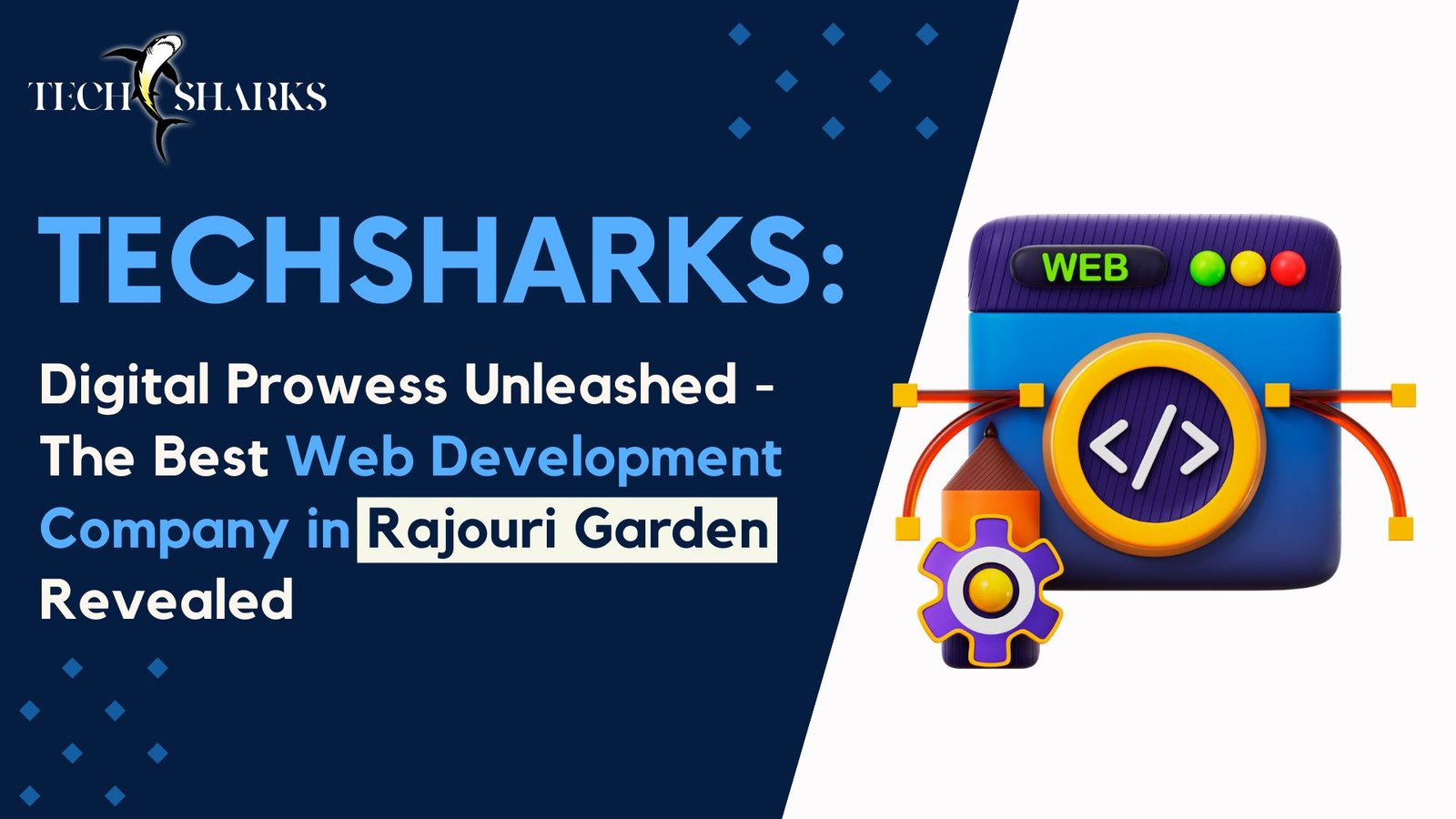In today’s digital era, website speed and performance have become more critical than ever. With Google constantly refining its algorithms, Page Speed Optimization is now a key factor that determines search rankings, user engagement, and overall website success.
Since the introduction of Core Web Vitals, Google has emphasized the need for fast, responsive, and stable websites. A slow-loading website can negatively impact user experience, increase bounce rates, and hurt conversion rates.
As we move into 2025, businesses and web developers must focus on Page Speed Optimization to stay competitive. In this blog, we will dive deep into the importance of Core Web Vitals, how they influence SEO, and the best strategies for optimizing your website’s speed and performance.
Understanding Core Web Vitals
Core Web Vitals are a set of essential performance metrics introduced by Google to measure a website’s user experience. These metrics focus on three key aspects: loading speed, interactivity, and visual stability.
1. Largest Contentful Paint (LCP)
- Measures how long it takes for the largest visible element (image, text block, etc.) to load.
- A good LCP score should be under 2.5 seconds.
2. Interaction to Next Paint (INP) (Replaced First Input Delay – FID in 2025)
- Measures the time taken for a webpage to respond to user interactions like clicks or form submissions.
- A good INP score should be under 200 milliseconds.
3. Cumulative Layout Shift (CLS)
- Measures how visually stable a page is when loading.
- A good CLS score should be under 0.1 to ensure smooth and stable page rendering.
Google considers these factors when ranking websites, making Page Speed Optimization crucial for both SEO and user satisfaction.
Why Page Speed Optimization Matters in 2025
1. SEO and Google Rankings
Google prioritizes websites that offer a smooth, fast, and user-friendly experience. If your site loads slowly or has poor Core Web Vitals scores, it could rank lower in search results, leading to reduced organic traffic.
2. Enhanced User Experience (UX)
A slow website frustrates users, leading to higher bounce rates and lower engagement. Optimizing page speed ensures a seamless browsing experience, increasing the chances of retaining visitors.
3. Higher Conversion Rates
Speed directly impacts sales and conversions. According to research, a 1-second delay in page load time can reduce conversions by 7%. Faster websites encourage users to stay longer, browse more, and complete purchases.
4. Mobile-First Indexing and Mobile Performance
Since Google follows mobile-first indexing, websites must be optimized for mobile speed and performance. Over 60% of global searches now come from mobile devices, making Page Speed Optimization a necessity.
5. Lower Bounce Rates and Increased Engagement
If a webpage takes more than 3 seconds to load, over 50% of visitors will leave. Optimizing page speed helps keep visitors engaged, reducing bounce rates and improving interaction rates.
Best Practices for Page Speed Optimization
1. Optimize Images and Videos
- Convert images to WebP or AVIF formats for better compression.
- Use responsive images to adjust to different screen sizes.
- Implement lazy loading to load images only when they are needed.
2. Use a Content Delivery Network (CDN)
A CDN distributes your website’s content across multiple servers globally, reducing latency and improving load times. Popular CDNs include Cloudflare, AWS CloudFront, and Fastly.
3. Minify and Compress Files (CSS, JavaScript, HTML)
- Reduce file sizes by minifying JavaScript, CSS, and HTML.
- Use tools like UglifyJS, CSSNano, and HTMLMinifier.
- Enable Gzip or Brotli compression to decrease page load times.
4. Enable Browser Caching
Browser caching allows users to store webpage elements locally, reducing the need to reload assets every time they visit.
5. Reduce HTTP Requests
Each webpage loads multiple elements like scripts, stylesheets, and images. Reducing these requests by combining CSS/JS files, using CSS sprites, and removing unnecessary plugins can boost speed.
6. Remove Render-Blocking JavaScript and CSS
- Use asynchronous (async) and deferred (defer) loading for JavaScript.
- Load CSS files efficiently by removing unused CSS.
- Prioritize critical CSS to render above-the-fold content quickly.
7. Optimize Web Hosting and Server Performance
- Choose a high-performance hosting provider like Kinsta, WP Engine, or SiteGround.
- Use dedicated or cloud hosting for better load balancing.
- Enable HTTP/3 for faster and more secure data transmission.
8. Implement Accelerated Mobile Pages (AMP)
AMP is an open-source framework designed to load mobile web pages faster. Websites that use AMP experience significant performance improvements.
9. Use Prefetching, Preloading, and Preconnecting
- Preload important assets (fonts, images, videos).
- Prefetch resources that users are likely to visit next.
- Preconnect to third-party services to reduce DNS lookup times.
10. Regularly Monitor Performance with Speed Testing Tools
Keep track of your website’s performance using:
- Google PageSpeed Insights
- GTmetrix
- Lighthouse
- WebPageTest
Regular audits help identify bottlenecks and areas for improvement.
Future Trends in Page Speed Optimization
As technology advances, website speed optimization will continue evolving. Here are some key trends to watch for in 2025 and beyond:
- AI-Driven Performance Optimization – AI-powered tools will automatically adjust website speed settings based on real-time user behavior.
- 5G and Faster Internet Adoption – While faster networks help, poorly optimized websites will still lag behind.
- Edge Computing and Serverless Architecture – Content delivery will move closer to users for ultra-fast performance.
- Stronger Web Performance Guidelines – Google may introduce stricter benchmarks for Core Web Vitals, making speed optimization even more crucial.
- Voice Search Optimization – Speed improvements will be essential as more users interact with voice search and smart assistants.
Conclusion
In 2025, Page Speed Optimization is not just a technical requirement but a business necessity. A slow website leads to lower rankings, poor user experience, and lost revenue. By focusing on Core Web Vitals and implementing effective speed optimization techniques, you can enhance performance, improve engagement, and stay ahead of competitors.
Key Takeaways:
- Fast websites rank higher on Google.
- Improving page speed leads to better user experience and conversions.
- Regular performance audits and optimization are essential.
Stay ahead of the curve by prioritizing Page Speed Optimization and delivering a seamless browsing experience for your users.




